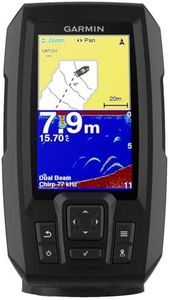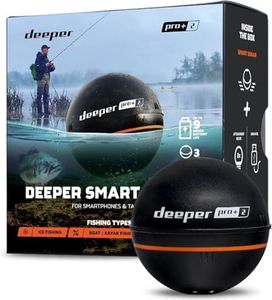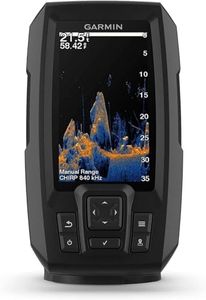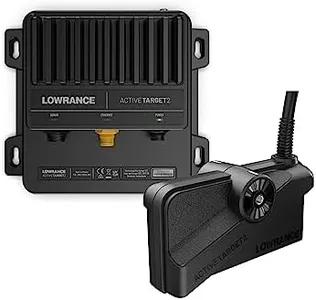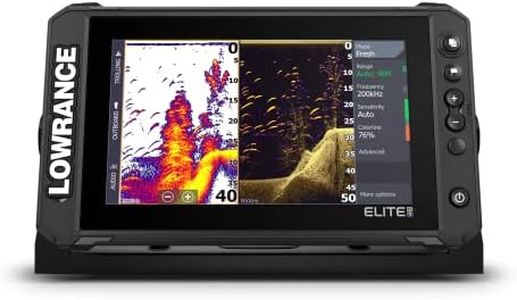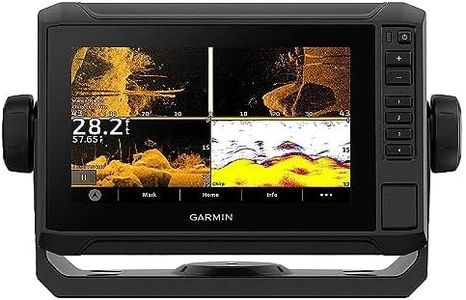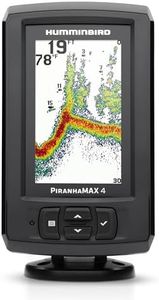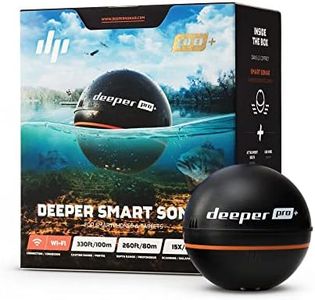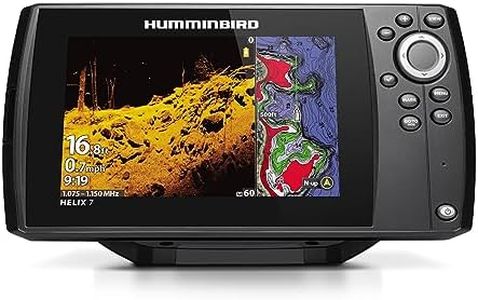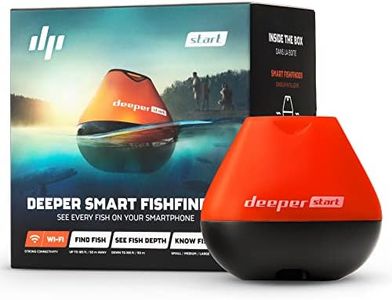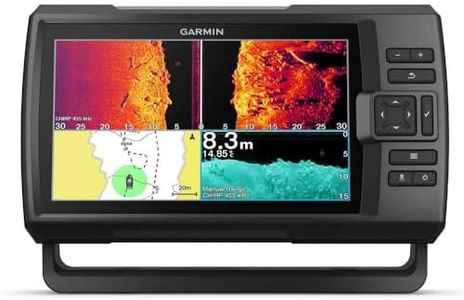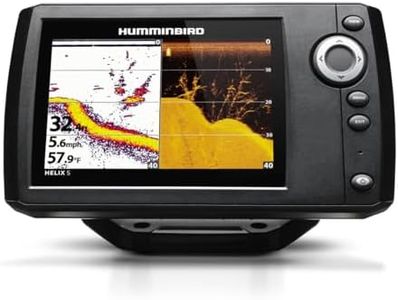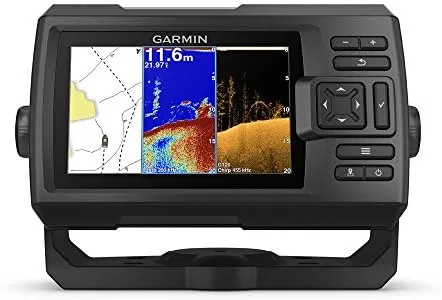We Use CookiesWe use cookies to enhance the security, performance,
functionality and for analytical and promotional activities. By continuing to browse this site you
are agreeing to our privacy policy
10 Best Fish Finders
From leading brands and best sellers available on the web.Buying Guide for the Best Fish Finders
Choosing the right fish finder can significantly enhance your fishing experience by helping you locate fish more efficiently. When selecting a fish finder, it's important to consider various specifications that will affect its performance and suitability for your needs. Understanding these key specs will help you make an informed decision and ensure you get the best fit for your fishing style and environment.FrequencyFrequency refers to the sound waves emitted by the fish finder to detect objects underwater. Higher frequencies (e.g., 200 kHz) provide better resolution and detail, making them ideal for shallow waters. Lower frequencies (e.g., 50 kHz) penetrate deeper, making them suitable for deep-sea fishing. Choose a higher frequency for detailed images in shallow waters and a lower frequency for deeper water exploration.
PowerPower is measured in watts and determines the strength of the signal sent by the fish finder. Higher power allows the signal to penetrate deeper and perform better in murky or rough water conditions. For deep-sea fishing, opt for a fish finder with higher wattage (e.g., 500 watts or more). For casual or shallow water fishing, lower wattage (e.g., 100-300 watts) will suffice.
Screen Size and ResolutionThe screen size and resolution affect how easily you can read and interpret the data displayed by the fish finder. Larger screens with higher resolution provide clearer and more detailed images, making it easier to spot fish and underwater structures. If you prefer a more detailed view and have space on your boat, go for a larger screen with high resolution. For portability and basic use, a smaller screen with moderate resolution will be adequate.
Transducer TypeThe transducer is the component that sends and receives sonar signals. Different types of transducers are designed for various mounting options and water conditions. Transom-mounted transducers are versatile and easy to install, suitable for most boats. Thru-hull transducers offer better performance for larger boats and rough waters. Choose a transducer type based on your boat size and the water conditions you typically fish in.
GPS and MappingMany modern fish finders come with built-in GPS and mapping capabilities, allowing you to mark fishing spots, navigate waters, and track your location. This feature is particularly useful for anglers who fish in unfamiliar areas or need to return to specific locations. If you fish in diverse or large bodies of water, a fish finder with GPS and mapping will be beneficial. For simpler fishing trips, this feature may be less critical.
CHIRP TechnologyCHIRP (Compressed High-Intensity Radiated Pulse) technology enhances the fish finder's ability to distinguish between different objects underwater by using a range of frequencies. This results in clearer images and better target separation. If you want the most accurate and detailed underwater images, opt for a fish finder with CHIRP technology. For basic fishing needs, traditional sonar may be sufficient.
